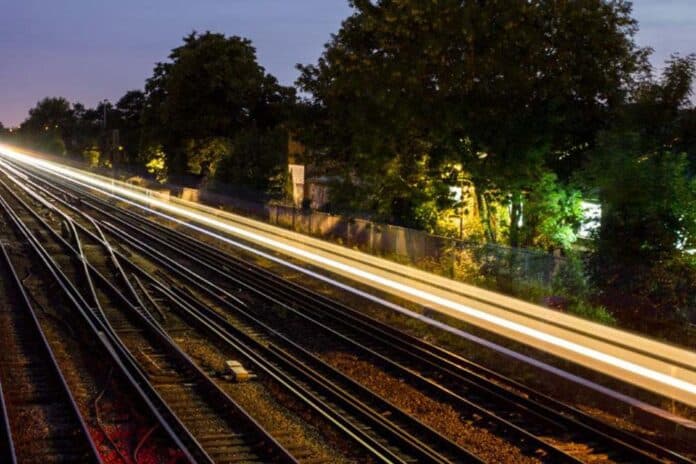Launched in 2017, specialist design consultancy Mosaic Rail is striving to fill a longstanding gap in the signalling market.
The growing SME offers flexible signalling support, taking on the kind of ancillary work that large suppliers are often unable to complete quickly and cost-effectively.
Mosaic was established by Tim Samuel and Matt Wilton, signalling design engineers who share frustrations about Network Rail’s framework model, and the current state of the signalling market.
“Traditionally now, signalling is seen as really expensive, largely due to lack of resources and the skilled nature of the safety critical works”. The larger more established suppliers in the signalling space carry significant overheads which further increases the cost on an already expensive and scarce resource,” Tim explained.
The duo recognised that for these larger suppliers, mobilising to complete minor ancillary work was neither feasible nor cost-effective.
“We’ve seen over the past two years that the industry has struggled to do what signal engineers would consider very run-of-the-mill work. The people just aren’t there to deliver it in a cost effective way,” Tim added.
Matt and Tim set out to fill this gap in the market, launching a small, agile signalling design consultancy. Their approach was simple; acting either as a design partner or part of an existing team, Mosaic would quote for, deliver, and hand-back smaller projects, all without need of a full corporate mobilisation. Whether its client needed an assessment, plans, or full-scale signalling design, it would aim to develop a quick and cost-effective solution.
“We wanted to show that it could be done differently,” Tim commented.
Today, Mosaic is headquartered in Crewe, with its sister company, Mosaic Rail PVT, in Hyderabad, India. Matt and Tim adapted the offshoring model which has been employed by other established Tier Ones over a number a years, ensuring that their skilled and competent Indian team was involved in projects from concept to completion.
“We don’t want our offshore team to just do location or REB design” Tim said. “We want them to be fully involved in the scheme concept, design development and decision making. It creates more complete, competent and rounded-out engineers which has a future benefit in the delivery of the detailed design.”
While Mosaic does not get involved in installation activities, its engineers understand the impact their designs have on those undertaking the installation work, and they work closely with the installation teams at an early stage to ensure design suitability.
“It means that, when the design is presented to site, it is implementable without requiring modification, and also incorporates considerations for maintaining the asset long term” Tim explained.
Mosaic partners with like-minded SMEs whenever possible, taking the kind of friendly and collaborative approach Matt and Tim feel is diminishing from the marketplace with the drive to more large corporate behaviours .
This approach has won them repeat work with Network Rail and a range of Tier One suppliers, including VolkerRail, Linbrooke & Kier Infrastructure – Rail.
It is now keen to forge relationships with large civil contractors, who regularly are involved in projects that require a signalling element to be undertaken.
“If you’re encountering elements of signalling, such as signs that need moving, sighting assessments etc you can just pick up the phone to us and we’ll look into it,” Tim said. “We’ll assess the work and come in with our competent team, provide advice as necessary, undertake the delivery, and allow you to proceed with your specialism”.
They are also exploring the rapidly growing Australian market and have been providing services to a leading supplier in Western Australia. If Mosaic continues to win work in the region, as is expected, it will look to open an Australian sister company.
“It’s about diversifying and targeting markets that are prepared to invest in rail, and Australia is a key one of them,” Tim concluded.
Photo credit: Shutterstock







































 0113 2082620
0113 2082620 info@railbusinessdaily.com
info@railbusinessdaily.com 15 Mariner Court, Wakefield WF4 3FL
15 Mariner Court, Wakefield WF4 3FL

